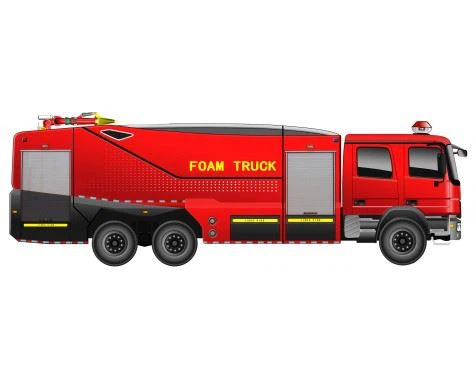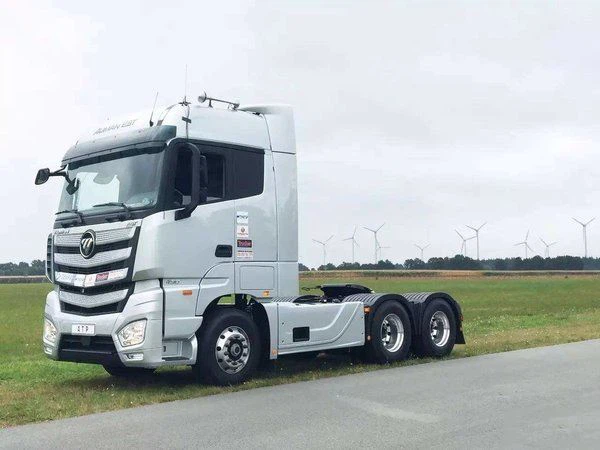Complete Guide to the JCB 220: Features, Benefits, and Best Practices

Introduction
The JCB 220 is a robust and versatile piece of construction equipment that serves multiple purposes, making it a favorite among contractors and builders. Known for its strong performance and reliability, the JCB 220 is designed to handle various tasks in construction, excavation, and material handling. In this article, we will delve into the features, advantages, maintenance tips, and operational insights of the JCB 220 to help you understand why it stands out in the heavy machinery market.
Understanding the JCB 220
What is the JCB 220?
The JCB 220 is a powerful excavator designed for construction and agricultural applications. This machine is equipped with advanced hydraulic systems that improve efficiency and operator comfort.
Main Specifications
| Specification | Details |
|---|---|
| Operating Weight | Approx. 22,000 lbs |
| Engine Power | 120 hp |
| Maximum Dig Depth | 14 ft 6 in |
| Bucket Capacity | 0.5 – 1.5 cubic yards |
Key Features of the JCB 220
Hydraulic System
The hydraulic system of the JCB 220 is one of its standout features. It provides high efficiency and allows for smooth operation while digging, lifting, and swinging. The system’s design minimizes energy loss, ensuring that the machine works harder for longer periods.
Operator Comfort
Comfort is paramount for effective operation. The JCB 220 features an ergonomic cab with adjustable seating, climate control, and excellent visibility. This design reduces fatigue and enhances productivity during long hours of operation.
Versatile Attachments
The JCB 220 can be outfitted with various attachments, such as buckets, hammers, and grapples. This versatility allows operators to perform different tasks ranging from digging to demolition effectively.
Advantages of Using the JCB 220
Performance Efficiency
With a powerful engine and advanced hydraulics, the JCB 220 delivers outstanding performance in various conditions. Its quick cycle times and flexible operation contribute to faster project completion.
Durability and Reliability
Constructed with high-quality materials and innovative technology, the JCB 220 is built to withstand heavy use. Its robust design minimizes downtime due to maintenance issues, providing consistent performance on the job site.
Fuel Efficiency
The JCB 220 is engineered to maximize fuel efficiency without sacrificing performance. This feature helps reduce operating costs, making it a cost-effective choice for businesses.

Operational Best Practices
Pre-Operative Checks
Before operating the JCB 220, it’s essential to conduct thorough checks to ensure safety and efficiency. Here are practical steps:
- Inspect the hydraulic fluid levels.
- Check the engine oil and coolant levels.
- Examine the tracks for wear and tear.
- Test all controls to ensure they are functioning correctly.
Safe Operation Tips
Safety should always be a priority when operating heavy machinery. Here are some tips:
- Wear appropriate personal protective equipment (PPE).
- Be aware of your surroundings and any potential hazards.
- Use proper signals when working with a team.
- Follow all operational guidelines provided in the user manual.
Maintenance of the JCB 220

Regular Maintenance Schedule
Adhering to a regular maintenance schedule is crucial for the longevity of the JCB 220. Recommended intervals include:
- Daily checks: fluid levels, visual inspections, and control functions.
- Weekly maintenance: clean air filters and inspect tracks and attachments.
- Monthly maintenance: change engine oil and hydraulic fluid as needed.
Common Repairs and Solutions
Even with regular maintenance, repairs may sometimes be necessary. Common issues include:
- Hydraulic leaks: Typically due to worn seals; replacing seals can resolve the issue.
- Engine performance issues: Often linked to clogged filters; regularly changing filters can improve performance.
Comparing the JCB 220 to Competitors
JCB 220 vs. Caterpillar 320
The Caterpillar 320 is a direct competitor to the JCB 220. Here’s a comparison table:
| Feature | JCB 220 | Caterpillar 320 |
|---|---|---|
| Engine Power | 120 hp | 130 hp |
| Operating Weight | 22,000 lbs | 22,500 lbs |
| Fuel Efficiency | High | Moderate |
| Operator Comfort | Excellent | Good |
JCB 220 vs. Komatsu PC200
The Komatsu PC200 is another popular option. Below is the comparison:
| Feature | JCB 220 | Komatsu PC200 |
|---|---|---|
| Hydraulic System Efficiency | High | Moderate |
| Application Versatility | Very High | High |
| Maintenance Costs | Low | Moderate |
Real-world Applications of the JCB 220
Construction Sites
In construction, the JCB 220 is used for digging foundations, trenching, and site preparation. Its efficiency makes it suitable for both large-scale commercial projects and smaller residential tasks.
Agricultural Use
The JCB 220 is also valuable in agriculture, assisting in land clearing, excavation for irrigation systems, and moving large volumes of soil or debris.
Waste Management
In waste management, this excavator plays a crucial role in sorting and moving waste materials, helping to enhance operational efficiency at disposal sites.
FAQ Section
What is the fuel capacity of the JCB 220?
The JCB 220 has a fuel capacity of approximately 60 gallons, allowing for extended operation without frequent refueling.
How often should hydraulic fluid be changed?
Hydraulic fluid should generally be changed every 2,000 hours of operation or annually, whichever comes first, to ensure optimal performance.

Can the JCB 220 be used for demolition work?
Yes, with the proper attachments like hydraulic breakers, the JCB 220 can successfully be used for demolition tasks.
What are the typical maintenance costs for the JCB 220?
Maintenance costs vary based on usage but typically range from $100 to $400 monthly, depending on the intensity of operations and parts replacements required.
Is training required to operate the JCB 220?
Yes, training is essential to operate the JCB 220 safely and effectively, covering operational best practices and safety protocols.
Where can I find parts for the JCB 220?
JCB has a vast network of dealers, and parts can be ordered directly from them or through trusted online retailers specializing in heavy machinery components.
